Take a look at the cover of any of Aurel Stein’s books after Sand-buried Ruins of Khotan (1904), and on the title page, and often also embossed on the front cover, you’ll find this image: a vignette of the goddess Athena in confrontational pose, brandishing a thunderbolt in her right hand and holding on her left arm the aegis, a terrifying goatskin shield tasselled with snakes and bearing the head of the Gorgon Medusa.
The picture is the work of Stein’s friend and collaborator, the artist Fred Andrews, and it’s based on a discovery Stein made while excavating at Niya, a site in the Tarim Basin in what is now Xinjiang, the extreme north-western region of China. Stein was investigating the ancient Buddhist cultures of the Silk Road, and in a third-century-AD rubbish tip (“its odours … still pungent after so many centuries”) he uncovered hundreds of letters written on wood, in an Indian language and script. The letters were sealed with clay, and the clay bore the personal seal-impressions of the senders of the letters:
From an historical point of view they claim exceptional interest, for they have furnished convincing evidence of the way in which the influence of classical Western art asserted itself even in distant Khotan. It was a delightful surprise when, on cleaning the first intact seal impression that turned up, I recognised in it the figure of Pallas Athene, with aegis and thunderbolt, treated in an archaic fashion. This particular seal … was found thereafter to recur frequently, and probably belonged to an official who was directly connected with the administration of the ancient settlement.
On another letter Stein found “a seal with Chinese lapidary characters in juxtaposition with one showing a portrait head unmistakably cut after Western models.” This was quintessential Silk Road, “half-way between Western Europe and Peking,” the arena where Indian, European and Chinese cultural currents intermingled.
But it was Athena who became Stein’s emblem, and I’ve idly wondered for some time what the image meant to him.
Athena was a goddess of the intellect and the arts, an embodiment of those things that make human society civilized. She’s a goddess of war, too, obviously so in an image like this one. But Athena presides over the rational aspects of warfare, the strategy and tactics rather than the bloodletting (though that’s a pretty subtle distinction), justified war rather than aggression. So what a book under the sign of Athena promises is intellectual activity in the cause of human civilization, and that’s a fair summary of what Stein achieved in Central Asia.
But another question I had was how far Stein appreciated the history of his vignette of Athena. Because, coincidentally or not, the image he chose to adorn his books is an extremely significant one.
The best way to communicate this is, I’m afraid, to show you some coins. One from Macedonia to start with,
followed by one from Sicily,
and rounded off by one from Afghanistan/Pakistan:
These coins are of kings called Antigonus, Pyrrhus and Menander, the first two from the third century BC and Menander’s from about 140 BC. Stunningly, despite being from opposite ends of the known world, they depict the same figure of Athena.
Menander was the most successful of a series of Greek kings who ruled in what is present day Afghanistan and Pakistan, and this Athena remained a consistent feature of the coins of his successors, even one of the very last Greek kings, Strato II, who ruled a tiny kingdom somewhere near Lahore at the end of the first century BC:
This is a very sorry-looking issue indeed, and it speaks volumes about Strato’s straightened circumstances. But Athena is still there, even if she appears to have become left-handed.
Why is this image so important to the Greek kings? The thinking these days is that the Athena represented on the coins is a reminiscence of a particular statue of the goddess: the tutelary deity of Pella, the capital of Macedonia, known as Athena Alkidemos, Athena “Defender of the People.” Athena Alkidemos of Pella in turn evoked Alexander the Great, whose capital was at Pella, and for whom Athena was an important patron. We’re told that when Alexander advanced into battle he was preceded by a sacred shield of Athena from her temple at Troy, carried by a senior bodyguard. What Antigonus, Pyrrhus, Menander and Strato all have in common is a need to associate themselves with the charismatic person of Alexander, who had dramatically changed the face of the Greek world, and in the case of Menander and Strato had made their rule as Greek kings in Central Asia possible in the first place.
Stein’s discovery in Xinjiang throws the net even wider, of course. The functionary in Niya was using as his official seal, half a millennium after Alexander’s death, an image that had originated 3,000 miles to the west.
Did the official have any clue of the significance of the image? It’s doubtful. The knowledge of what Athena Alkidemos meant, the mystique of the long-dead Alexander that these kings wished to confer on themselves, quite possibly disappeared with the fall of Strato’s kingdom. And what of Aurel Stein? What did he understand by it?
Stein was certainly very interested in Alexander. In a career of remarkable discoveries in Central Asia, one thing he never left behind was the deep fascination for Alexander that he’d formed in childhood. Describing a tour of Swat in 1926, for example, Stein candidly admits that his interest in Alexander even exceeds his devotion to Xuanzang (also spelled Hsüan-tsang), the seventh-century Buddhist monk whose account of his travels from China to India guided Stein’s exploration of the Chinese borderlands:
May the sacred spirit of old Hsüan-tsang, the most famous of those pilgrims and my adopted ‘Chinese patron saint’, forgive the confession: what attracted me to Swat far more than such pious memories was the wish to trace the scenes of that arduous campaign of Alexander which brought the great conqueror from the foot of the snowy Hindukush to the Indus, on his way to the triumphant invasion of the Panjāb.
The ultimate aim of this expedition was a longstanding preoccupation of Stein, and indeed an obsession shared by many Europeans who had visited the territory to the west of the river Indus: to locate Aornos, a seemingly impregnable fortress captured by Alexander in 327BC.
An image of Athena carrying associations of Alexander would have been an entirely apt one for Stein to stamp upon his books. But while I’m certain he and Andrews recognised the kinship of the seal image from Niya with the “Greco-Bactrian” coins of kings like Menander and Strato, I’m not so sure he would have read Alexander himself into it. When Stein discusses it, he describes it as as imitating “an archaic type of Athene Promachos”, a similar notion of the goddess as a protective deity, but the link to Athena Alkidemos of Pella and thence to Alexander had not yet been traced.
If so, it is sheer serendipity that it’s Athena Alkidemos that we find at the front of Aurel Stein’s books, since his career could hardly find a more appropriate patron goddess. Like many of the the men who studied the archaeology and ancient history of Central Asia, Alexander drew Stein to places, geographical and intellectual, far removed from the classical education of his childhood, but without ever quite losing his grip. Indeed sometimes it seems to me that the West can never contemplate this part of the world without Alexander the Great muscling in.
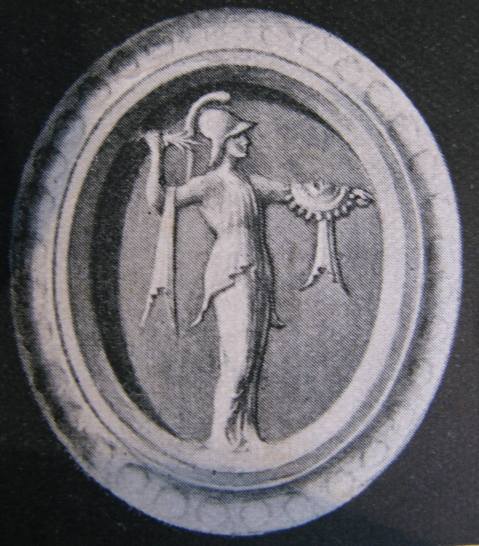
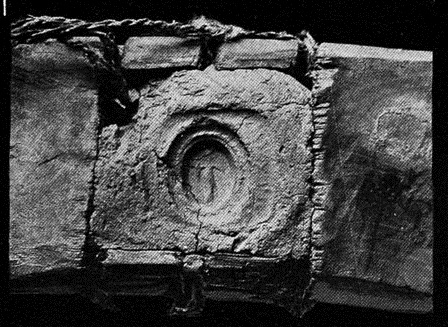
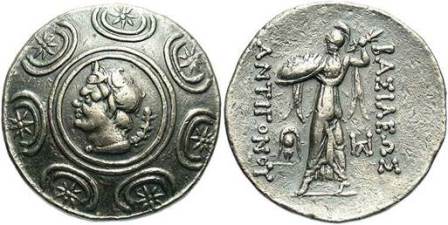
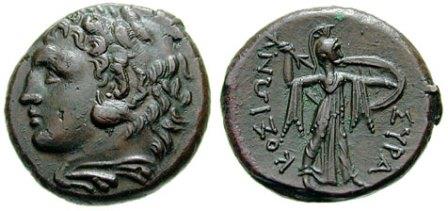
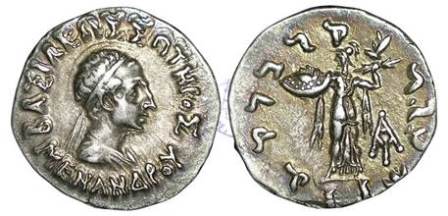
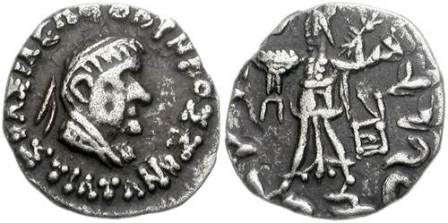
1 comment:
It Is Important ,It Is Important To Dear Dr. Albert Yu-Min Lin, I do not speak English. I know what You are looking for the grave of Genghis Khan . But You are looking for is not there. I will write in Russian , find a translator. I know where the tomb of Genghis Khan
Russia tuxan2011@yandex.ru
Post a Comment